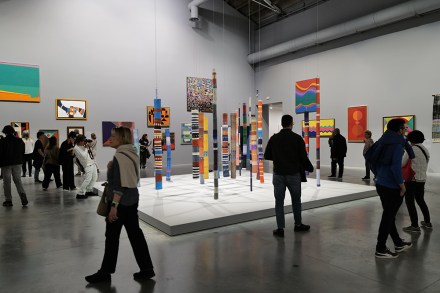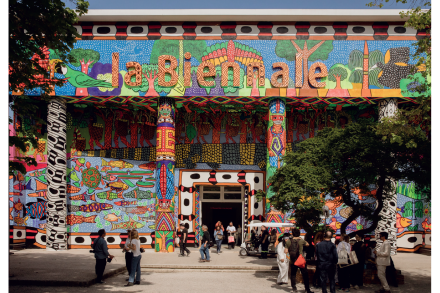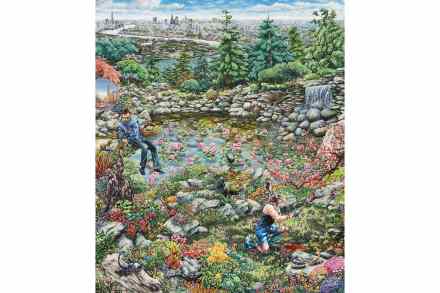A satire on the modern art market: The Violet Hour, by James Cahill, reviewed
In James Cahill’s first novel, Tiepolo Blue, Don Lamb, a Cambridge art historian, expressed outrage when ‘Sick Bed’, a Tracey Emin-like installation, is erected in the college quad. It is tempting to imagine what Lamb would now make of the many artworks on display in The Violet Hour. Here, Cahill steps away from the rarefied world of academia and public galleries to expose the excesses of the international art market. At the centre of the book’s many strands is Thomas Haller, whose violet-coloured panels partially inspire the title. He is a world-renowned artist who, in the words of his erstwhile best friend and dealer, Lorna Bedford, has become ‘the moneyed






